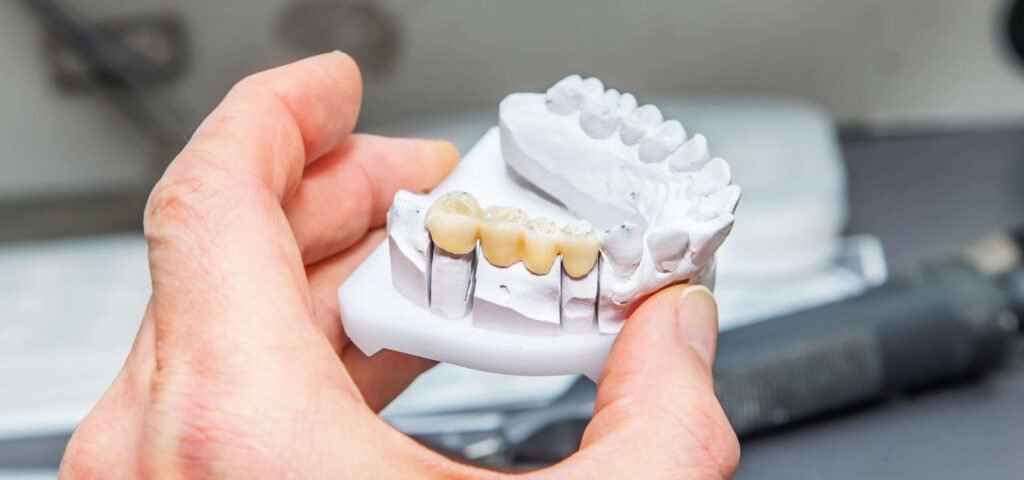Crowns and bridges are common dental restorations used to restore damaged teeth, improve function, and enhance your smile. Whether you need a crown to protect a weakened tooth or a bridge to replace a missing tooth, understanding the procedure and following proper care instructions is key to long-lasting results.
🔍 What Are Crowns & Bridges?
- Dental Crown: A tooth-shaped cap placed over a damaged or weakened tooth to restore its shape, strength, and appearance.
- Dental Bridge: A restoration used to replace one or more missing teeth by anchoring to adjacent natural teeth or implants.
Both procedures are designed to restore normal chewing, speaking, and aesthetics, while preventing further dental problems.
✅ Pre-Operative Instructions for Crowns & Bridges
Proper preparation ensures a smooth procedure and optimal results.
1. Medical History
- Inform your dentist about existing medical conditions or allergies.
- Mention all medications, especially blood thinners or medications affecting healing.
2. Oral Hygiene
- Brush and floss thoroughly before your appointment to reduce bacteria.
- Avoid alcohol or smoking prior to your procedure.
3. Appointment Preparation
- Wear comfortable clothing and plan to arrive on time.
- If sedation is used, arrange transportation home.
4. Questions to Ask Your Dentist
- Will I need a temporary crown or bridge?
- How long will the procedure take?
- What type of materials will be used for the crown or bridge?
- Are there any risks or special care instructions?
✅ Post-Operative Instructions for Crowns & Bridges
After placing a crown or bridge, following these instructions will help ensure long-term success:
1. Bite and Chewing
- Avoid chewing hard, sticky, or crunchy foods on the restored tooth until fully set.
- If you feel high spots in your bite, contact your dentist for adjustments.
2. Oral Hygiene
- Brush twice daily and floss carefully around the restoration.
- Use a soft-bristled toothbrush and avoid aggressive scrubbing.
3. Sensitivity
- Mild sensitivity to hot or cold may occur for a few days.
- Use desensitizing toothpaste if recommended by your dentist.
4. Temporary Crowns & Bridges
- If a temporary restoration is placed, avoid sticky or hard foods that may dislodge it.
- Contact your dentist immediately if it becomes loose or falls out.
5. Follow-Up Care
- Attend all follow-up appointments to ensure proper fit and adjustment.
- Return for routine dental cleanings and checkups to maintain your restorations.
6. Signs to Contact Your Dentist
- Persistent pain or discomfort
- Loose or broken crown/bridge
- Gum swelling, bleeding, or signs of infection
- Difficulty chewing or uneven bite
Crowns & Bridges FAQ
Quick answers to common questions about crowns and bridges.
What is the difference between a crown and a bridge?
A crown covers a single damaged tooth, while a bridge replaces one or more missing teeth by anchoring to adjacent teeth.
Will the procedure hurt?
Local anesthesia is used during preparation, so discomfort is minimal. Mild sensitivity may occur for a few days.
How long does a crown or bridge last?
With proper care, crowns and bridges can last 10–15 years or longer.
Can I eat normally after the procedure?
Avoid hard, sticky, or chewy foods for a few days. Once the restoration is set, normal eating can resume.
What should I do if my crown or bridge feels loose?
Contact your dentist immediately to prevent damage or displacement.
How should I care for my new crown or bridge?
Brush twice daily, floss carefully around the restoration, and attend routine dental checkups.

